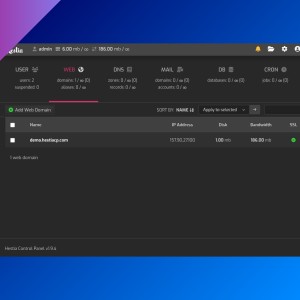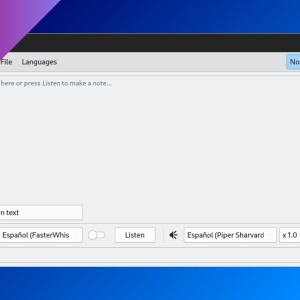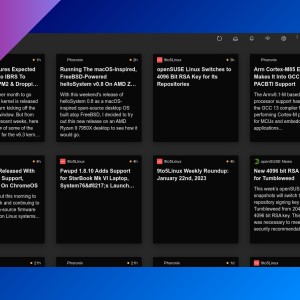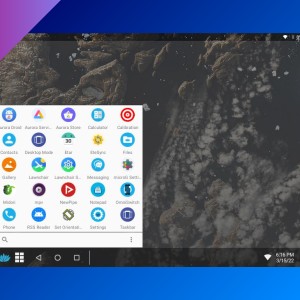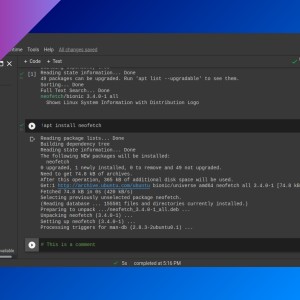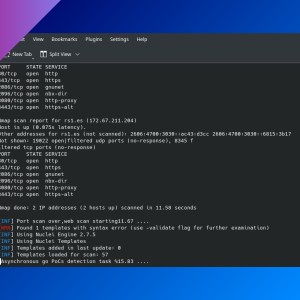lsblk: list block devices
Table of Contents
You can list and find everything about your block devices (hard drives, pen drives, etc.) with one great command.
$ lsblk
NAME MAJ:MIN RM SIZE RO TYPE MOUNTPOINTS
sda 8:0 0 465.8G 0 disk
├─sda1 8:1 0 499M 0 part
├─sda2 8:2 0 100M 0 part /boot
├─sda3 8:3 0 16M 0 part
├─sda4 8:4 0 143.4G 0 part
├─sda5 8:5 0 270G 0 part /
└─sda6 8:6 0 51.8G 0 part You can specify which columns to print with -o <list>. For example, to show block device name and its filesystem UUID:
$ lsblk -o name,uuid
NAME UUID
sda
├─sda1 6C86CBD886CBA146
├─sda2 CE27-DB1F
├─sda3
├─sda4 76BE2E00BE2DBA0F
├─sda5 cbbf7ee3-ba60-4cee-b0c4-e9bf918a4e8e
└─sda6 3089131888432118255- For a complete list of available columns, type
lsblk --help. Some of the most useful columns arename,uuid,partuuid,label,size,fstype,mountpoint,pathandpartlabel(to show Windows partitions labels).
You can use this info, among other things, for editing /etc/fstab (fstab: what it is and how to use it) or formatting a file system (fsver column is useful when formatting FAT filesystems):
$ lsblk -o name,fstype,fsver
NAME FSTYPE FSVER
sda
├─sda1 ntfs
├─sda2 vfat FAT32
├─sda3
├─sda4 ntfs
├─sda5 ext4 1.0
└─sda6 zfs_member 5000If you have any suggestion, feel free to contact me via social media or email.
Latest tutorials and articles:
Featured content:

